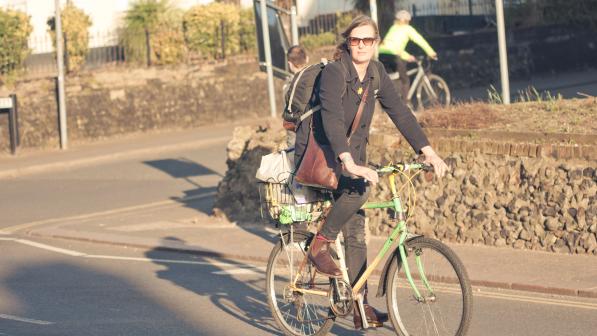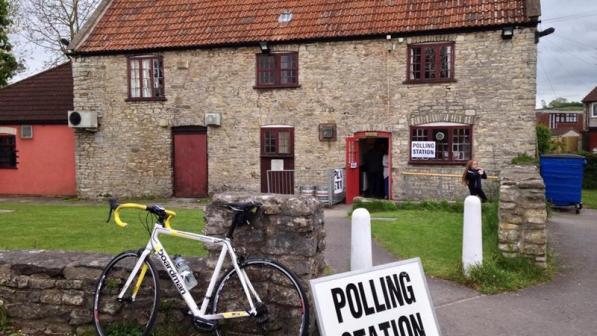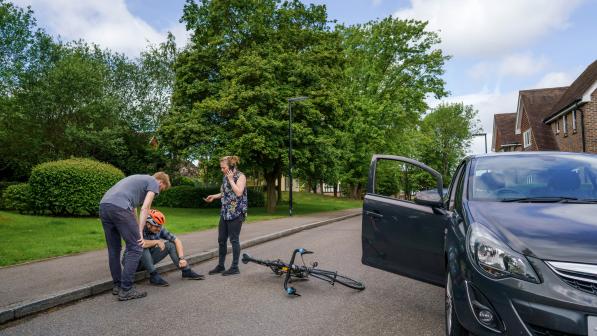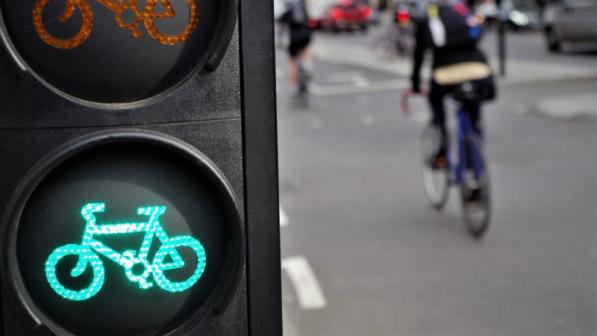Now is the time to act on funding for cycling

The Government’s ambitions for active travel to double the number of people cycling by 2025 are laid out in the Cycling and Walking Investment Strategy (CWIS) created in April 2017. Two and a half years on, with the Government recognising it’s not going to meet its ambition without extra funding, as this report shows, there are still question marks about the funding.
The Walking and Cycling Alliance has called on the Government to increase funding for cycling and walking to £17 per person, annually, and then £34 per person by 2025.
Joe Irving, Living Streets Chief Executive, speaking on behalf of the alliance said:
“The Government needs to double investment in active travel now, not tomorrow.”
It’s good news that the Government are still committed to the aims and objectives of CWIS and recognise the need for increased investment to get them there. They have also promised to make future announcements about the level of funding that cycling and walking will receive. However, it’s one thing to recognise a problem and it’s another thing to put a meaningful plan into place on how to tackle the issue.
It’s one thing to recognise a problem and it’s another thing to put a meaningful plan into place.
Caroline Grogan, Cycling UK
What has the Transport Select Committee recommended?
In its list of twelve recommendations, the Transport Select Committee suggested the Government produces an annual report on the delivery of the CWIS to establish whether the targets are still fit for purpose. The committee stated that they expect to see the publication of such a progress report by September 2019 at the latest.
How did the Government respond?
The Government said that they plan to publish the first progress report on CWIS: “...As soon as possible,” and will: “...Consider more regular publication, potentially on a regular basis.” They continue that: “...The Department does not intend to include an assessment of fitness for purpose of the aims and targets.”
What does that mean?
Unfortunately there’s no information about a time-frame in which we’ll know how well a strategy that was created two and a half years ago is going. What’s more, there’s also no commitment to the long-term reporting of the framework that we hope will help to transform our communities. The Department for Transport also makes it clear that they won’t revise their initial aims and targets.
What else has the Transport Select Committee written?
In the context of Local Cycling and Walking Infrastructure Plans (LCWIPs), the committee wrote that the Government should assess whether the LCWIP pilot has been successful in helping local authorities to deliver the CWIS.
What did the Government say to that?
The Government said that: “...The Department will shortly commission an evaluation study of the LCWIP support package that has been piloted by 46 local authorities...Following evaluation of the scheme and subject to appropriate funding being available, the Department intends to offer support to all highway authorities outside London.” They continued that: “Development and expansion of the LCWIP support programme will be considered as part of the forthcoming Spending Review.”
What does that mean?
This essentially means the Government hasn’t yet started to evaluate whether the plan part of their strategy to achieve doubling the number of people cycling by 2025. That's a useful tool in working with stakeholders in local authorities as it means there's still time for them to improve. The wider issue is that we will have to wait until an undefined date next year to see if more than 46 local authorities out of 376 will receive Government support to produce a joined-up local network plan for improving infrastructure, such as segregated bike lanes, as part of their LCWIP.
Did the Transport Select Committee have anything else noteworthy to say?
As part of any good project worth its salt, the committee recommended that the Government includes joined up monitoring and reporting on the delivery of LCWIPs as well as CWIS.
What’s the Government’s position on that?
“The Department intends to monitor delivery of network plans and pipeline projects prioritised in LCWIPs.”
What does that mean?
Unfortunately, there are no promises to carry out a robust assessment of the two key tenets of the Government’s framework to double the number of people cycling by 2025: CWIS and LCWIPs. Instead we are told that it’s the Government’s intention to undertake the evaluation of LCWIP projects but with no guarantee. Even if this assessment is undertaken, we are not given a timeframe.
Conclusions
Much like the climate emergency, we know we need to invest in cycling and walking now in order to address some of the most pressing problems of our time. If the Government give firm commitments with timescales for when we could expect to see increased funding for cycling and walking, we could help to address complex problems such as air quality, obesity and the decline of the high street.
Unfortunately, our communities can’t wait an indefinite amount of time whilst we continue to breathe in toxic air, become more overweight and shops on our high street continue to shut down.
Suggestions have been made by the cross-party Transport Select Committee; the Government has responded but they’re not going far enough to reach their targets. The underfunding of cycling and walking is a chronic problem that needs to be addressed as an urgent matter and not pushed aside until tomorrow or later in the year or next year. As a matter of priority, Cycling UK wants the Government to match funding to the scale of their ambition.
Ex Transport Minister, Jesse Norman MP has said that the Government would need to: “...Potentially double or more,” the level of funding needed for cycling and walking to reach the current target by 2025. He also said that: “Cycling and walking are a key part of our plans to make transport greener.” In 2015, the Government has also acknowledged that: “sustainable travel and cycling and walking in particular regularly offer high and very high value for money.”
With all that in mind, it’s clear that it makes sense to invest in cycling and walking now. Waiting until tomorrow will be too late and too costly for the Government to create the kinds of communities that we’d all like to live and work in.



